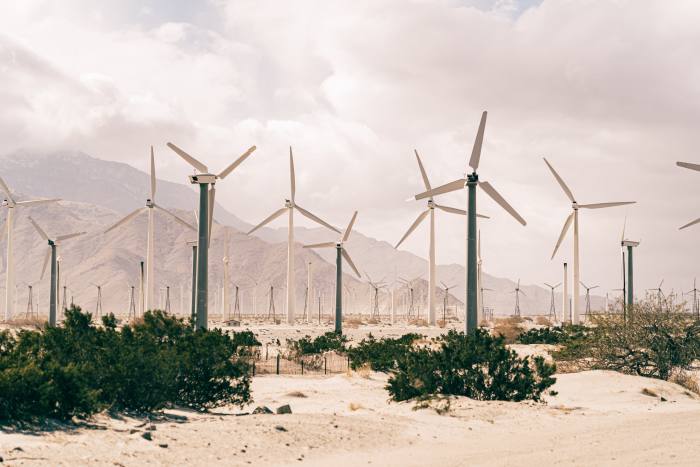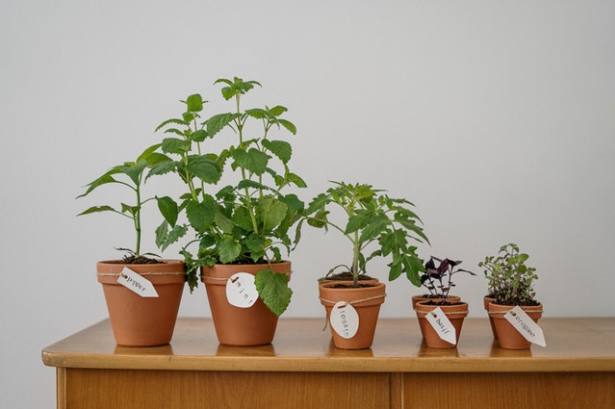
The key challenge of building a sustainable portfolio, according to Andrzej Pioch, multi-asset investor at Legal & General Investment Management, is to match suitability requirements and diversification needs with the requirements to construct a portfolio that complies with a client's sustainable investing priorities.
Pioch says: “When it comes to sustainable investing, diversification, cost and suitability are the three things we never talk about.
"The average client certainly doesn’t want a portfolio that is too concentrated. And in this climate that is certainly a risk because some parts of the market have become seriously overvalued. Investments in decarbonisation, for example, performed very well last year.”
But he says the task of building a diversified sustainable investment portfolio has become a lot easier in recent years, as more companies disclose information about their environmental, social and governance priorities and achievements.
Will McIntosh Whyte, multi-asset investor at Rathbones, says: “At the headline level there is no difference between ESG, multi-asset and the rest.
"There is a complication around the role of government bonds; they tend to go into multi-asset portfolios as a diversifier, but many clients have an issue with them on ethical grounds that many governments have armies.
"We tend to buy gilts in portfolios, but wouldn’t, when Donald Trump was president, buy US government bonds in sustainable portfolios as the country pulled out of climate agreements. It might change now that Trump is gone.”
Government bonds are often a feature of multi-asset portfolios as a diversifier, the expectation being they will perform inversely to equities, and so provide diversification in times of market strife.
They performed this role during the heavy sell-off of equities in 2020.
Kristina Church, head of sustainable solutions at Lombard Odier, says that not all government bonds should be treated equally, and one can “rank” governments by other factors, such as commitment to climate change goals, and take the view the bonds of those countries are more sustainable than those of countries that have less clear policies in those areas.
Simon Holmes, multi-asset investor at BMO Global Asset Management, says: “I think you have to own some government bonds for diversification. It's also very difficult to find high-yield bonds or emerging market bonds that are sustainable, but with developed market government bonds you can look at factors such as corruption levels and transparency levels of a government.
"But I think you have to have some government bonds or you are too far away from providing a suitable product for the risk appetite of many clients.”
Risk and volatility
James Saunders, head of portfolio management at Tatton Investment Management, says: “Risk within a portfolio is often managed through holdings in less 'risky' bonds, so any investor needs to be comfortable with the type of ballast they hold within portfolios.








